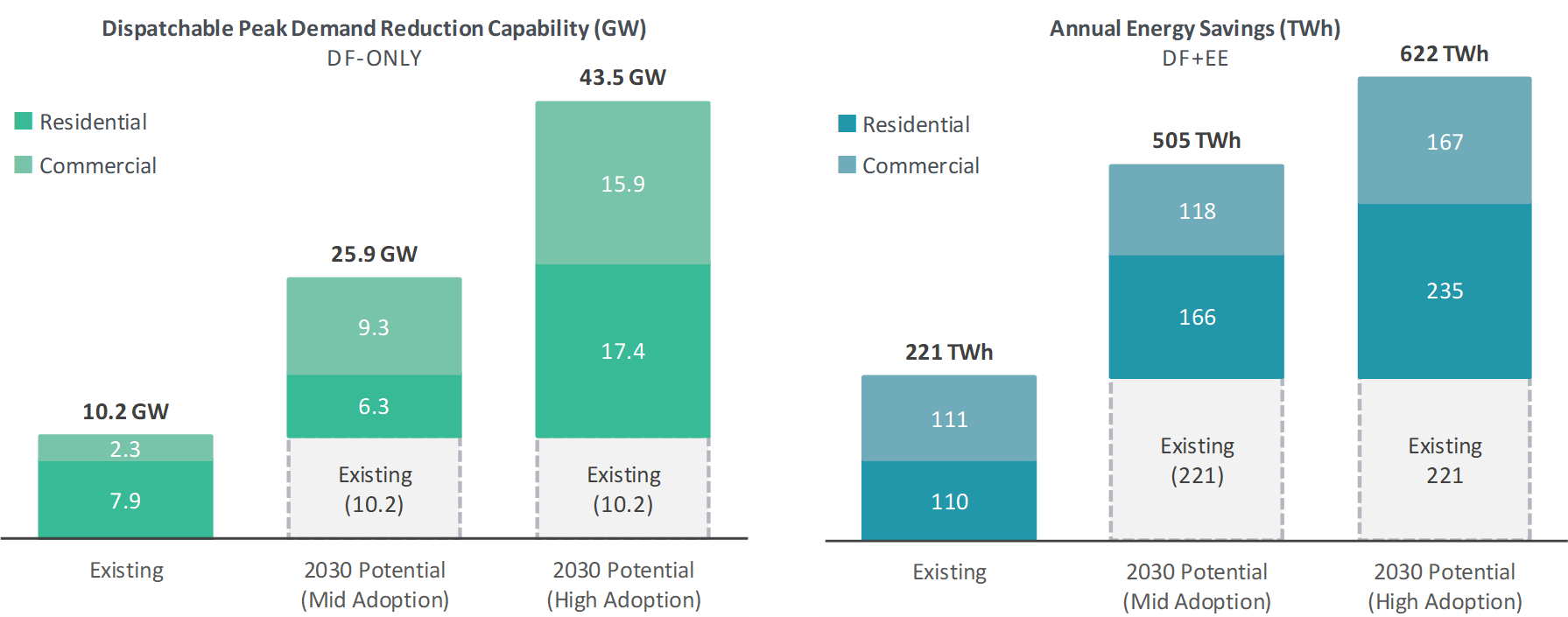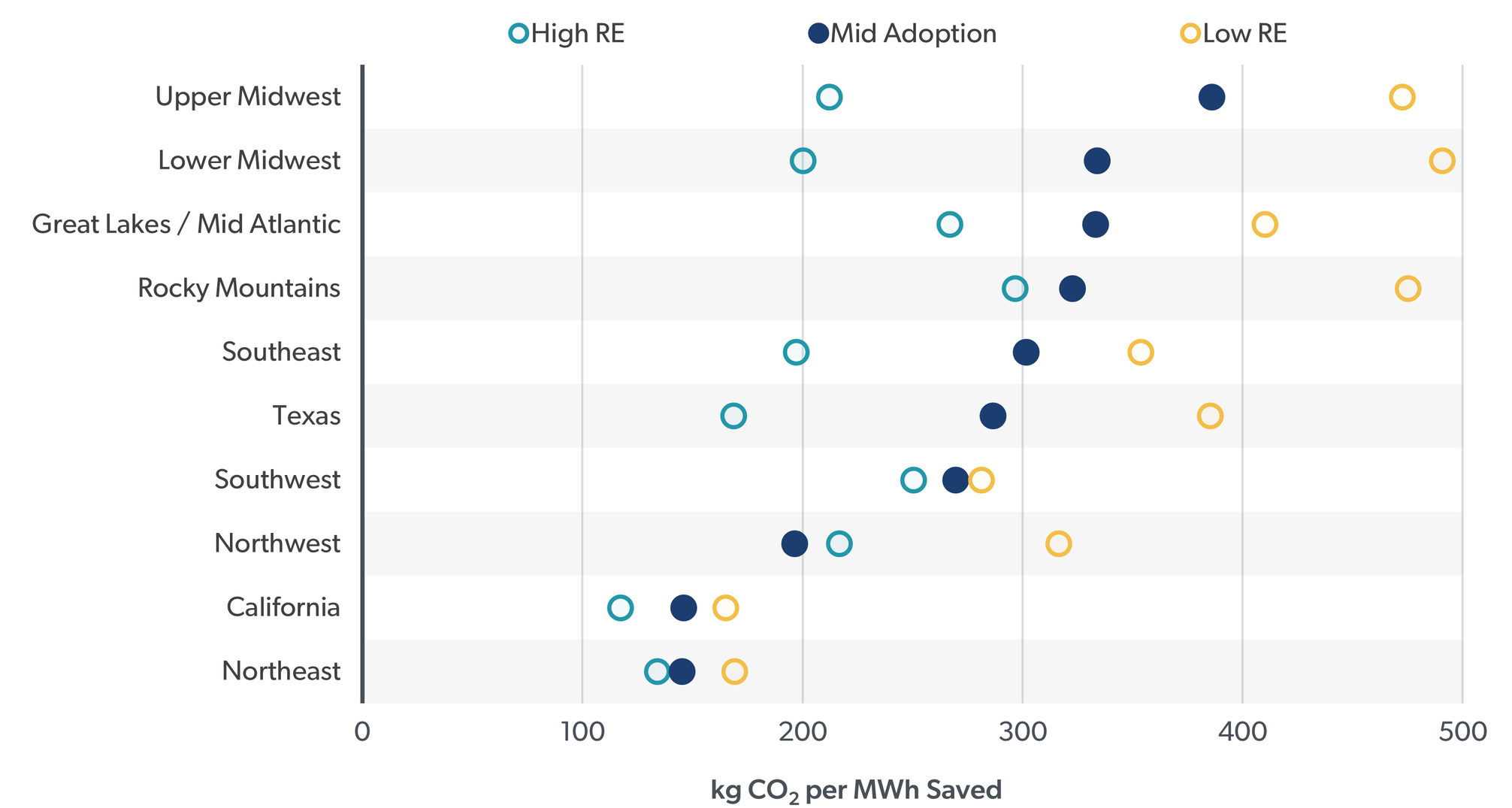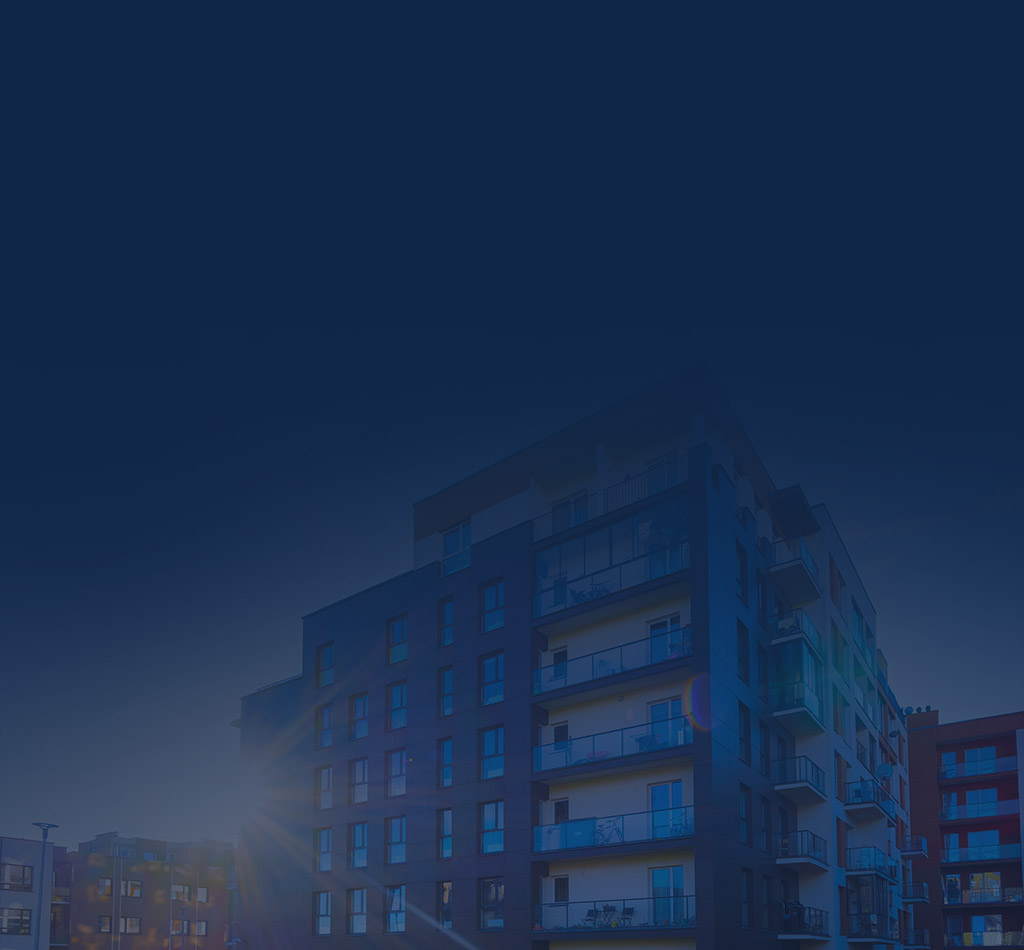Since Thomas Edison threw the switch at the world's first commercial power plant in 1882 to power 400 lamps, buildings have consumed the lion's share of U.S. electricity, and today account for three-fourths of the total and even more at peak. Yet, buildings consume power indifferent to grid conditions, blind to the high costs and threats to reliability posed by high peak demand and grid stress; inflexible to opportunities offered by variable, carbon-free renewable power sources; and senselessly missing the smart and connected technology revolution.
Grid-interactive efficient buildings (GEBs) can remake buildings into a major new clean and flexible energy resource. GEBs combine energy efficiency and demand flexibility with smart technologies and communications to inexpensively deliver greater affordability, comfort, productivity and high performance to America's homes and commercial buildings.
David Nemtzow
Director, DOE Building Technologies Office (BTO)













